“Gotham Commercial Real Estate Monitor,” a survey commissioned by Marks Paneth’s Gotham Commercial Real Estate Group, indicated that commercial real estate value may be waning in New York City.
The survey, which was published in late May, revealed that in just three months time, the number of executives expecting values to increase has fallen from 43 percent to 31 percent, with nearly 20 percent predicting a downturn in prices. New laws, the economy, and digital shopping collaboratively play a rousing role when it comes to New York City commercial real estate decline.
The survey indicated that NYC-based commercial real estate professionals expect that they’ll begin to see values recede or at least hit a ceiling. When slumping asset prices are combined with the perceived deterioration of paper wealth, rent tends to follow suit and decreases. The effect? Lower rent will help business tenants’ bottom line, but wealth backsliding may encourage customers to spend less money. Decreased rent paired with a smaller revenue stream could ignite a stagnation period.
While businesses that have already reached the luxury status are able to attract the one percent, the ‘aspirationally wealthy’ customers may be less inclined to purchase luxury items, effectively leading to many luxury shops to shutter.
The survey gathered data from nearly 150 bankers/lenders, developers, legal counsel, bankers/lenders, commercial real estate professionals, owners, and property managers. The common belief was that values have peaked, but will hold. Overwhelmingly respondents believe the market is overvalued when compared to other cities. Nonetheless, 64 percent remain optimistic, expecting a runaround next year.
To properly address the peaking value of commercial real estates, it’s necessary to discuss interest rates, which The Federal Reserve increases at the economy improves. Nearly half of survey respondents (46 percent) believe the impact would be negligible, even if they increased between 1 and 2 percent from today’s 0.5 percent. Just 11 percent predicted that there would be a significant negative effect, particularly when addressing the residential side. Foreign buyers continue to purchase properties in the name of asset management, viewing it as a lower-risk alternative to the stock market, which carries security concerns rather than maximum yields.
As commercial rents/values make an impact, residential markets will also feel the pressure of that, which could be a good thing. Even as rates lower and many struggle through higher vacancy rates, property owners will proceed to earn through rent collection. Those who managed to refrain from over-leveraging equity during the good times are better positioned to survive the economic downturn. Also, tenants experiencing lower rent cost are left with additional cash to spend on household needs and other items.
The spending cycle, whereby income shifts hinder some and help others, isn’t a new phenomenon, and it’s expected that a rainbow will appear after each of these storms. However, it must be stated that consumers’ shift in buying behavior was mentioned in the report.
More than half of respondents (55 percent) indicated they expected an increase in foreign investment. With that said, the foreign investors are far more likely to have an attachment to residential assets, rather than commercial real estate. Nonetheless, at least 30 percent of respondents expect that foreign investors will have a ‘big influence’ on hotel, office, and retail real estate markets.
The report also showed that respondents had opinions on the stock market. Approximately 55 percent believe that volatility will negatively impact New York commercial real estate. Conversely, 29 percent indicated the effect would be positive, due to investments offered by buyers hailing from oil producing countries, benefitting residential and office/retail markets.
Brick-and-mortar sales have begun to stagnant as consumers make the move toward online and mobile purchasing and away from prime physical locations, which is likely the reason that 31 percent of respondents indicated that real estate is ‘highly overvalued,’ while 53 percent indicated that it is moderately overvalued. Shopping remotely speaks to convenience and immediate gratification, and the changes have spurred retail focused tech startups. However, tech startups may opt to purchase a brick and mortar component if rent for commercial real declines, because the need for a physical location is understood by even those who deal chiefly in digital e-commerce.
A Cushman & Wakefield study published in late 2015 confirmed that New York has the most expensive real estate in the world. Luxury brands outlets line the streets, occupying physical locations, at the cost of $3,500 per square foot per year. It 50 percent more costly to be stationed in New York City than Hong Kong’s Causeway Bay, which comes in as the second most expensive. Nonetheless, rates have increased amid economic uncertainty.
Additionally, the report indicated that the North American real estate market continues to see the highest concentration of private investment through 2015, which approximately a third of commercial real estate investments coming from the private sector. The market like likely see an enormous capital flow increase from Asia due to policy changes that will ease investments from China and Japan.
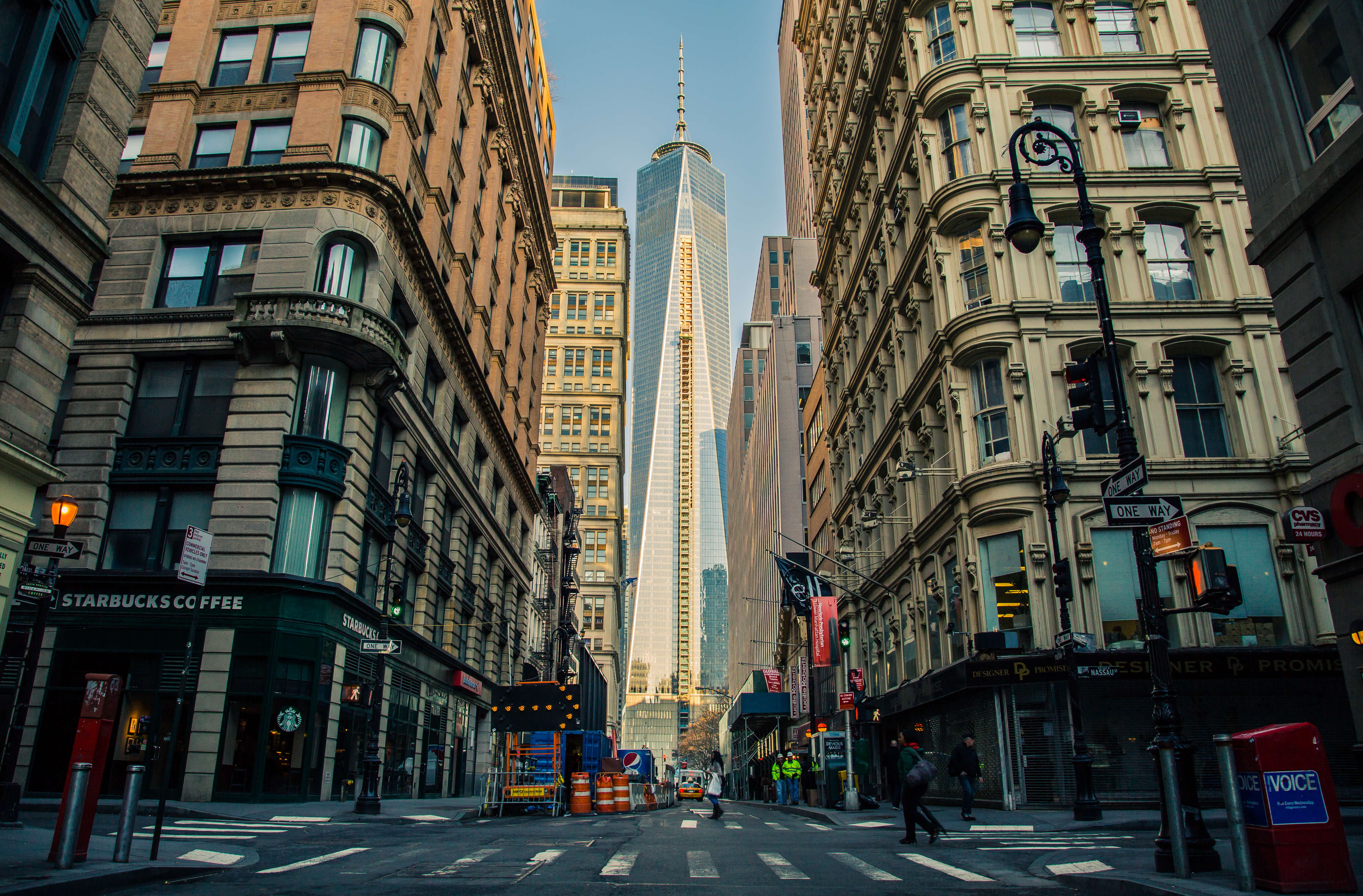
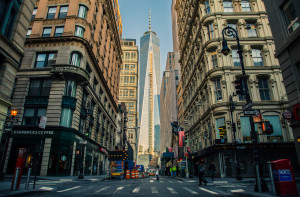
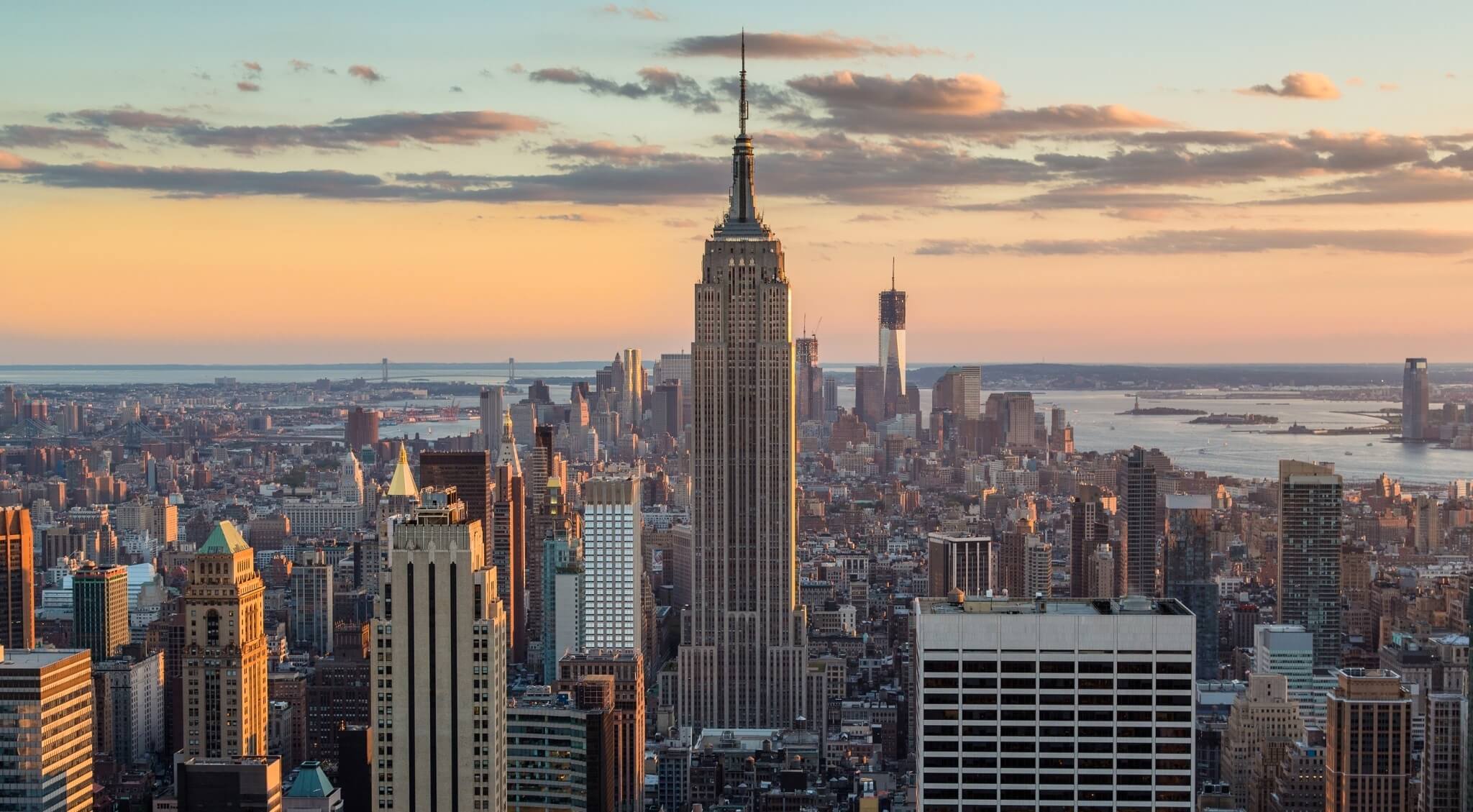

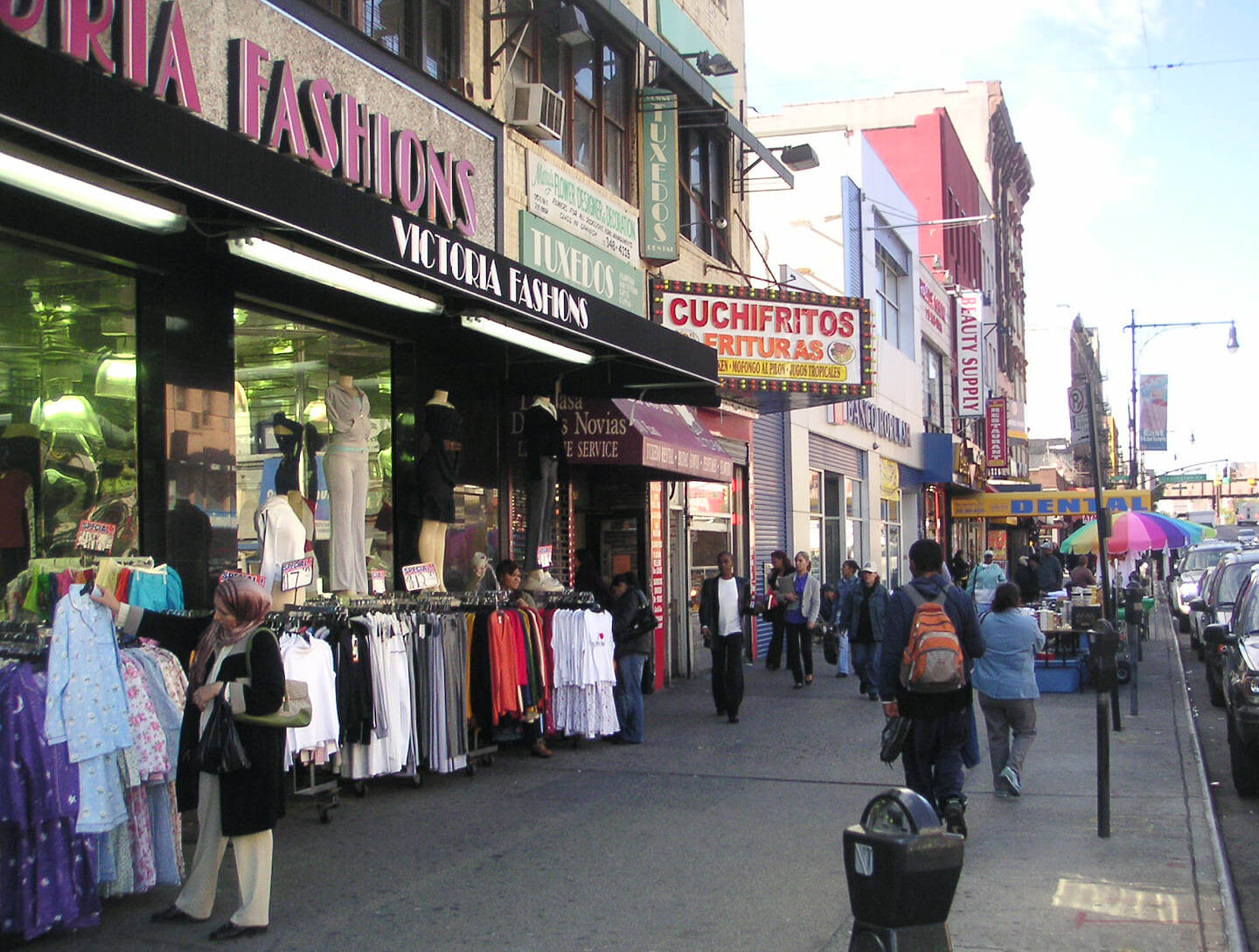
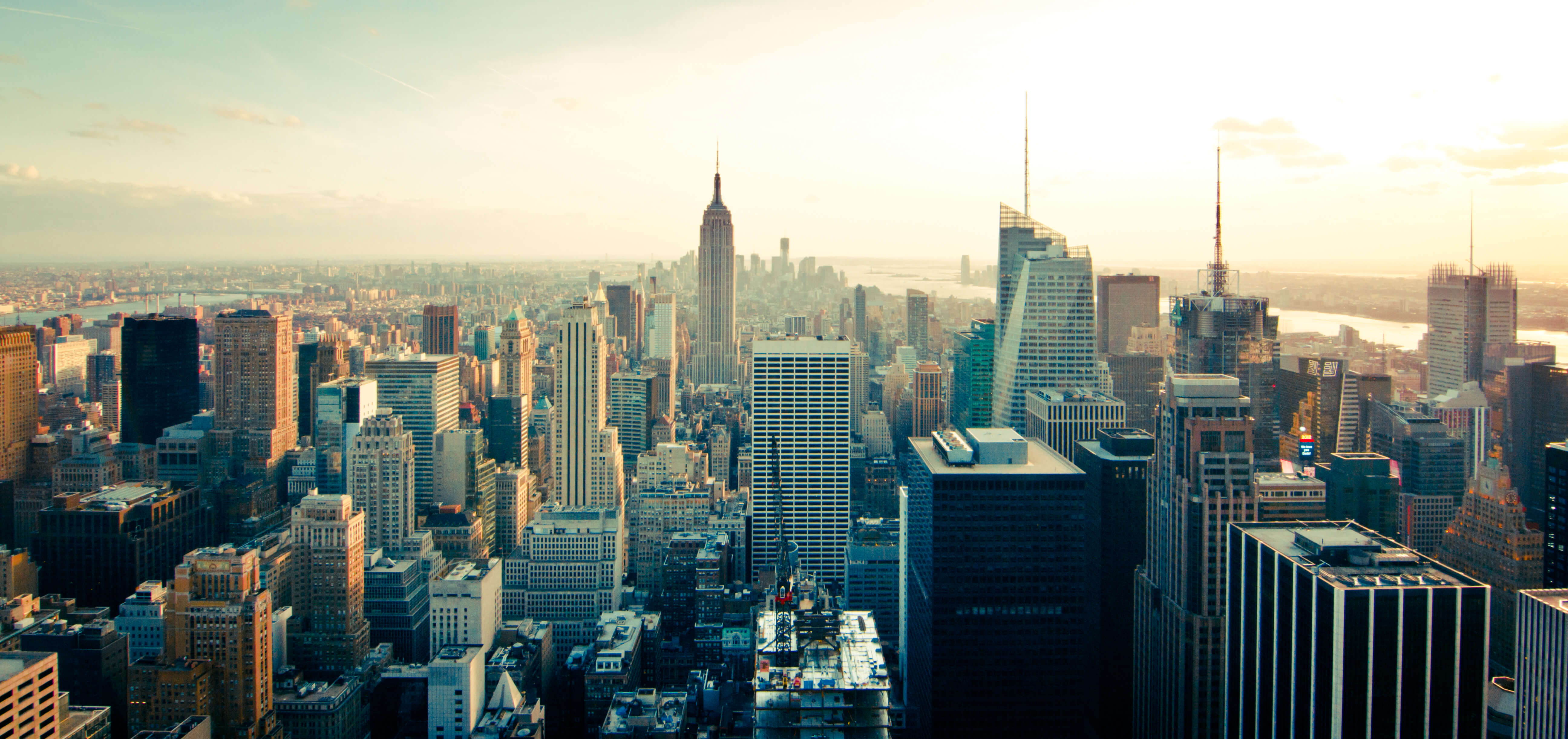

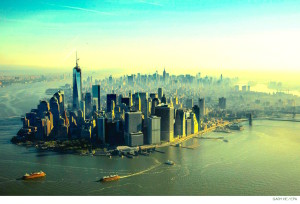

 It’s no surprise really that tech startups and the real estate sector have started to combine forces through a variety of emerging management platforms. The current market-place and expansive set of data regarding buildings is finally becoming available through digital platforms, and software developers and young CEOs are looking to streamline in demand processes using the tools currently at their disposal and those in development.
It’s no surprise really that tech startups and the real estate sector have started to combine forces through a variety of emerging management platforms. The current market-place and expansive set of data regarding buildings is finally becoming available through digital platforms, and software developers and young CEOs are looking to streamline in demand processes using the tools currently at their disposal and those in development.